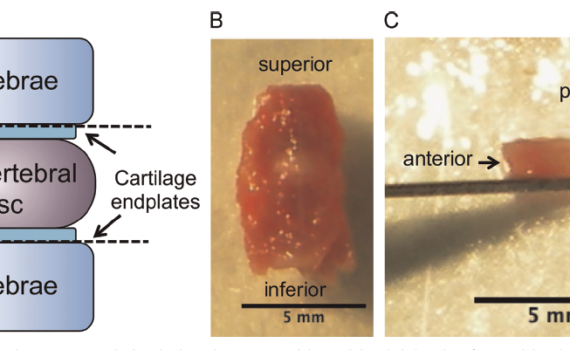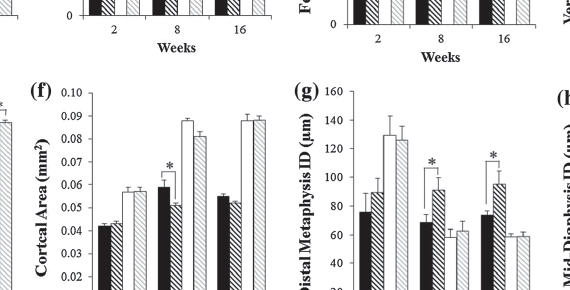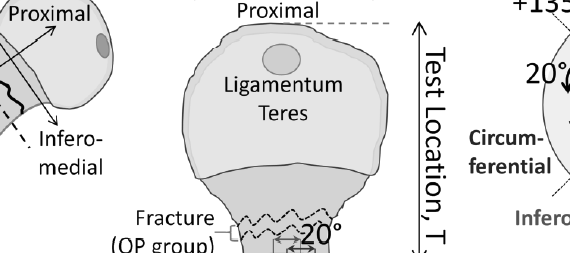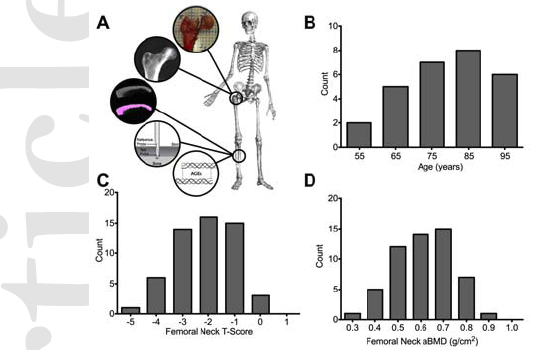Abstract Substantial evidence shows that skeletal fragility should be considered among the complications associated with type 2 diabetes. Individuals with type 2 diabetes have increased fracture risk, despite normal bone mineral density (BMD) and high BMI-factors that are generally protective against fractures. The mechanisms underlying skeletal fragility in diabetes are […]
rpiresearch
Abstract Radiation therapy is widely used in the management of patients with soft tissue sarcoma, genitourinary and gastrointestinal tumors, head and neck tumors, or secondary bone metastasis. Bystander injury to bone in the course of external beam radiation therapy is a prevalent problem associated with considerable morbidity, including the development […]
Abstract Intervertebral disc (IVD) degeneration is highly correlated with lower back pain, and thus understanding the mechanisms of IVD degeneration is critical for the treatment of this disease. Utilizing mouse models to probe the mechanisms of degeneration is especially attractive due to the ease of manipulating mouse models and the […]
Abstract Skeletal fractures are considered a chronic complication of type 2 diabetes mellitus (T2DM), but the etiology of compromised bone quality that develops over time remains uncertain. This study investigated the concurrent alterations in metabolic and skeletal changes in two mouse strains, a responsive (C57BL/6) and a relatively resistant (C3H/HeJ) […]
Abstract Age-related fragility fractures are an enormous public health problem. Both acquisition of bone mass during growth and bone loss associated with ageing affect fracture risk late in life. The development of high-resolution peripheral quantitative CT (HRpQCT) has enabled in vivo assessment of changes in the microarchitecture of trabecular and […]
Abstract In contrast to traditional approaches to fracture risk assessment using clinical risk factors and bone mineral density (BMD), a new technique, reference point microindentation (RPI), permits direct assessment of bone quality; in vivo tibial RPI measurements appear to discriminate patients with a fragility fracture from controls. However, it is […]
Abstract The global trend towards increased longevity has resulted in ageing populations and a rise in diseases or conditions that primarily affect older persons. One such condition is osteoporosis (fragile or porous bones), which causes an increased fracture risk. Vertebral and hip fractures lead to increased morbidity and mortality and […]
Abstract The diagnosis of fracture risk relies almost solely on quantifying bone mass, yet bone strength is governed by factors at multiple scales including composition and structure that contribute to fracture resistance. Furthermore, aging and conditions such as diabetes mellitus alter fracture incidence independently of bone mass. Therefore, it is […]
Abstract Characterization of bone’s hierarchical structure in aging, disease and treatment conditions is imperative to understand the architectural and compositional modifications to the material and its mechanical integrity. Here, cortical bone sections from 30 female proximal femurs – a frequent fracture site – were rigorously assessed to characterize the osteocyte […]
Abstract The objective of this study was to determine the effects of various irrigation solutions on root canal dentine and gutta-percha surface properties. In addition, the effects of disinfectant chemicals on the wettability and surface morphological properties of the filling materials were evaluated. Ethylenediaminetetraacetic acid (EDTA), citric acid, and ozone […]






